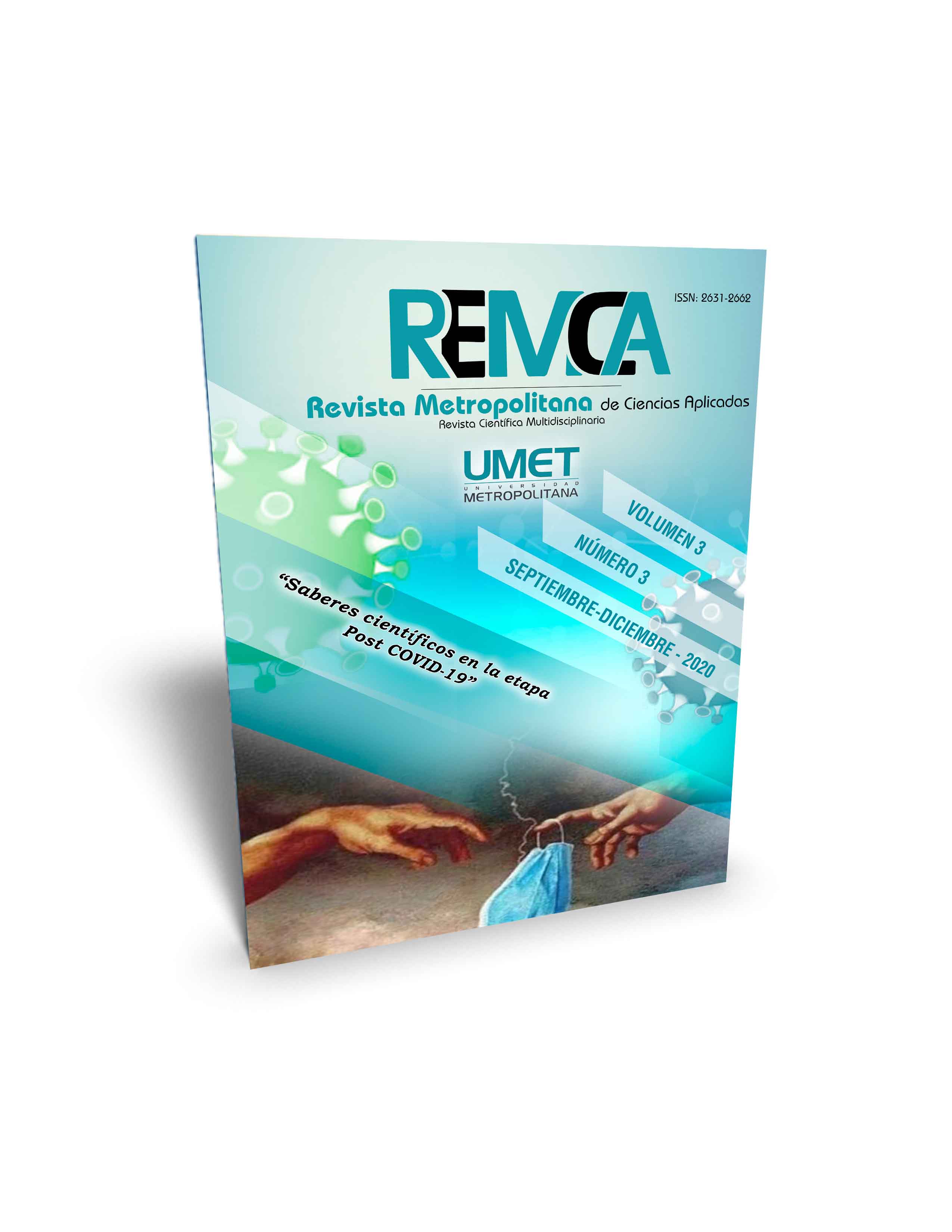Social media platforms and use by indigenous students during confinement by the COVID-19 pandemic
DOI:
https://doi.org/10.62452/nndy8449Keywords:
Indigenous students, COVID-19, learningAbstract
The present research was with the intention of analyzing what is the handling that university students from indigenous communities give to social media platforms during the COVID-19 pandemic and the impact that this has on their learning. For this purpose, we rely on the quantitative methodological approach, counting on a universe of 168 indigenous students, corresponding to the long school year February-July 2020, all from the Bachelor of Education Sciences of the Academic Division of Education and Arts in the Autonomous Juárez University of Tabasco, in Mexico. Of the total universe, 44 indigenous students between 19 and 24 years old were taken as a study sample. For data collection, a closed question form on a Likert-type scale was used as an instrument with 3 categories of responses that were previously delimited, in order to identify the use that they give to social media platforms and impact on learning of indigenous students. The results showed that the students, although they live in communities far from the city, are not limited in being able to access these digital tools, unfortunately the use they give does not favor their learning.
Downloads
References
Barnes, J. A. (1954). Class and committes in a Norwegian Island Parish. Human Relations 7(1), 39-58.
Gutiérrez, L. (2012) Conectivismo como teoría de aprendizaje: conceptos, ideas, y posibles limitaciones. Revista Educación y Tecnología, (1), 111-122.
Hernández, R., Fernández, C., & Baptista, P. (2010). Metodología de la investigación. McGraw-Hill.
México. Instituto Nacional de Estadística y Geografía. (2010). Censo de Población y Vivienda 2010. INEGI. https://www.inegi.org.mx/contenidos/programas/ccpv/2010/doc/cpv2010_cuest_basico_d.pdf
México. Instituto Nacional de Estadística y Geografía. (2019). Encuesta Nacional sobre Disponibilidad y Uso de Tecnologías d ela Información en los Hogares. INEGI. https://www.inegi.org.mx/programas/dutih/2019/
Piaget, J. (1983). La psicología de la inteligencia. Crítica.
Rizo, M. (2011). Reseña de Teoría de la comunicación humana de Paul Watzlawick. Razón y Palabra, 16(75), 1-14.
Sanz, I., Sainz, J., & Capilla, A. (2020). Efectos del coronavirus en la educación. OEI. https://www.oei.es/uploads/files/news/Science-Science-and-University/1747/resumenejecutivo.pdf
Siemens, G. (2004). Conectivismo: Una teoría de aprendizaje para la era digital. http://www.humanasvirtual.edu.ar/wp-content/uploads/2013/12/Siemens2004-Conectivismo.pdf
Downloads
Published
Issue
Section
License
Copyright (c) 2020 Doris Laury Beatriz Dzib Moo, Rosa Elena Durán González (Autor/a)

This work is licensed under a Creative Commons Attribution-NonCommercial-ShareAlike 4.0 International License.
Authors who publish in Revista Metropolitana de Ciencias Aplicadas (REMCA), agree to the following terms:
1. Copyright
Authors retain unrestricted copyright to their work. Authors grant the journal the right of first publication. To this end, they assign the journal non-exclusive exploitation rights (reproduction, distribution, public communication, and transformation). Authors may enter into additional agreements for the non-exclusive distribution of the version of the work published in the journal, provided that acknowledgment of its initial publication in this journal is given.
© The authors.
2. License
The articles are published in the journal under the Creative Commons Attribution-NonCommercial-ShareAlike 4.0 International License (CC BY-NC-SA 4.0). The terms can be found at: https://creativecommons.org/licenses/by-nc-sa/4.0/deed.en
This license allows:
- Sharing: Copying and redistributing the material in any medium or format.
- Adapting: Remixing, transforming, and building upon the material.
Under the following terms:
- Attribution: You must give appropriate credit, provide a link to the license, and indicate if any changes were made. You may do this in any reasonable manner, but not in any way that suggests the licensor endorses or sponsors your use.
- NonCommercial: You may not use the material for commercial purposes.
- ShareAlike: If you remix, transform, or build upon the material, you must distribute your creation under the same license as the original work.
There are no additional restrictions. You may not apply legal terms or technological measures that legally restrict others from doing anything the license permits.




